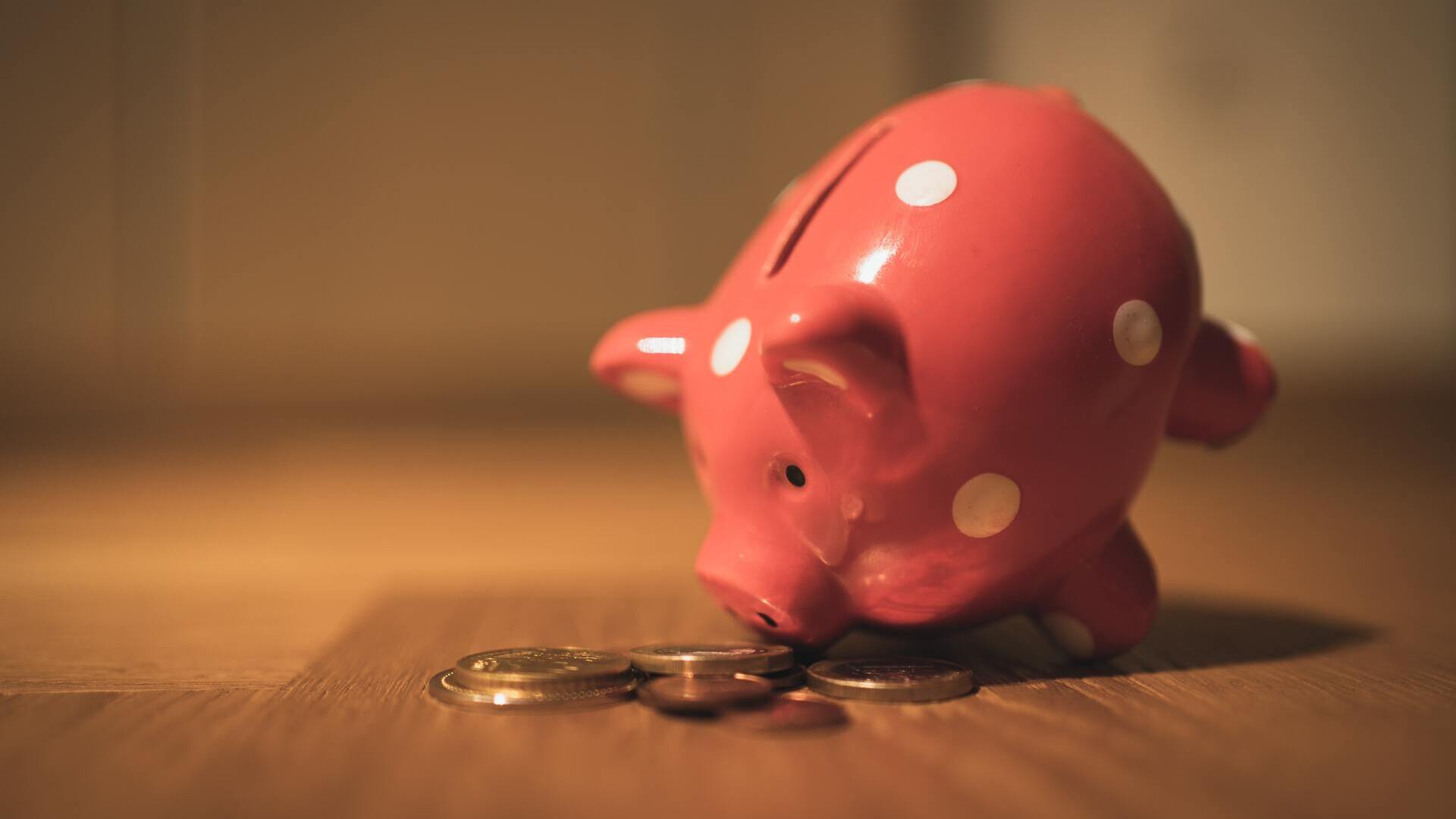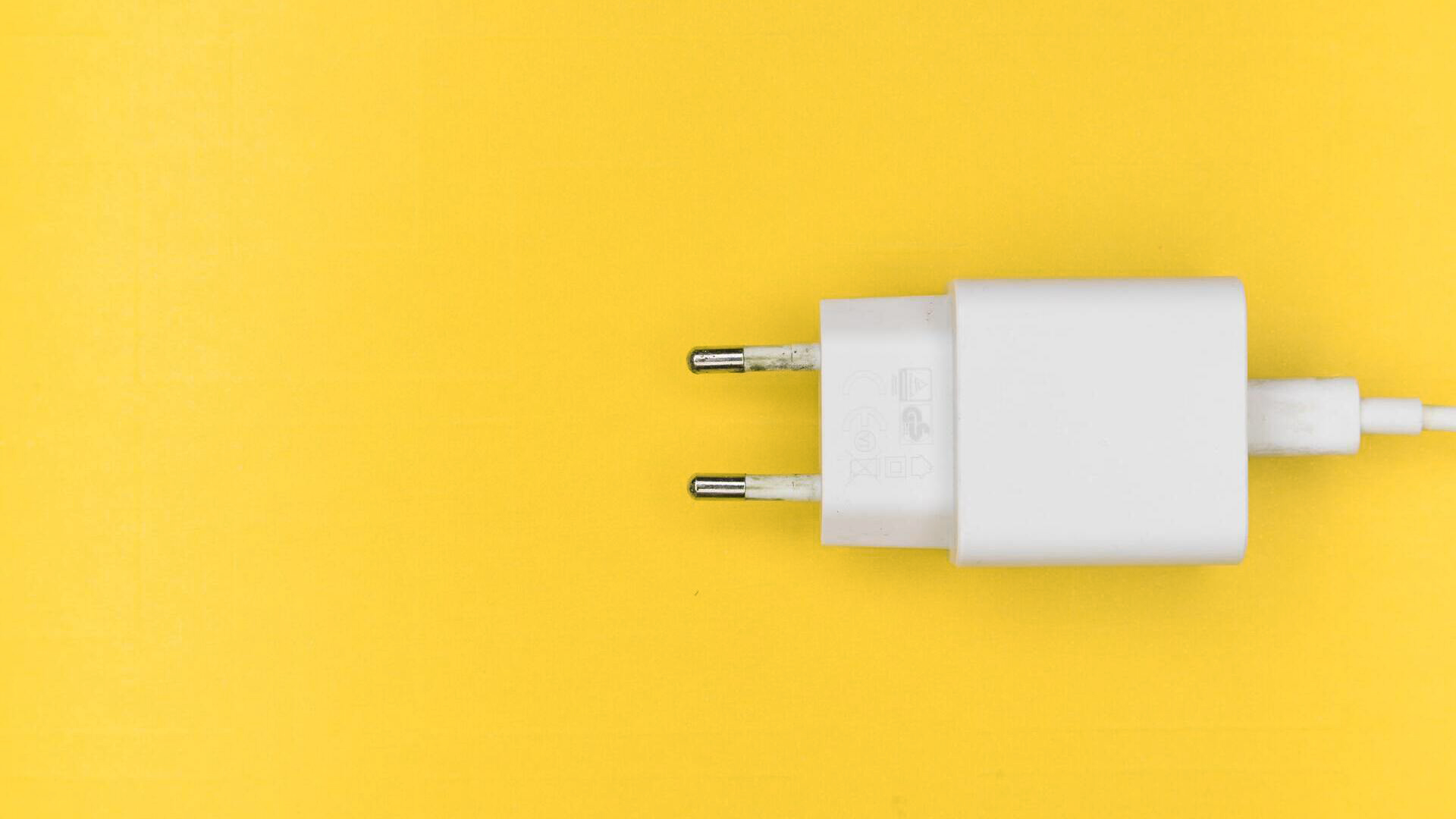
Build Your Financial Confidence: First Steps For 2025
Build financial confidence by tracking, learning, saving, and growing.
Quick Recap: In our last post, we introduced the three pillars of financial success: BELIEVE, INVEST, and GROW. We learned that lasting financial change comes from building systems, not just making resolutions. Now let’s dive deep into that crucial first pillar, BELIEVE, and build the confidence you need to succeed with money.
Remember learning to ride a bike? You probably didn’t hop on and immediately join the Tour de France. Instead, you started with training wheels, celebrated your first wobbly ride without them, and gradually built confidence through practice. Building your financial confidence works the same way, it’s about starting where you are and taking small steps forward.
Start Where You Are (No Judgment!)
First things first: let’s get clear on where you are right now. Not where you think you should be, not where others are, just your current reality. This isn’t about judging, it’s about understanding and building awareness as your foundation for growth.
Understanding Your Money Story
We all have one – the relationship with money we’ve built through our experiences. Research shows that our concept of money is formed as early as age 7. According to a University of Cambridge study, children’s understanding of money habits is typically established by this age, highlighting why our early money memories are so influential.
Each of us has our own money story. Maybe your parents never talked about money. Maybe you learned some tough lessons during university or your first job. Whatever your story is, it’s shaped how you think about money today.
Try this reflection exercise:
- Think back as far as you can and write down your earliest money memory
- Note how it made you feel – was it positive, negative, or a mix of both?
- Try to delve into and understand why you felt those particular emotions
- Consider how that might be influencing your money decisions today
Start Tracking Your Spending
Now that you understand how your money story has shaped you, let’s get clear on where you are today. Remember in our previous post when we talked about your first small steps to managing your money better? We’re now going to take that concept and expand it to help you build awareness and confidence without relying on motivation alone.
Set Up Your Complete Money Journal
Your Money Journal is your personal finance command center with different sections:
- Daily Log (for tracking daily spending)
- Bills & Subscriptions (for tracking recurring expenses)
- Money Reflections (for deeper thoughts about your finances)
- Questions & Learning (for noting what you want to understand better)
- Goals & Dreams (for mapping your financial future)
- Progress Tracking (for celebrating your wins)
Let’s look at what goes in each section:
Daily Log
- Every purchase you make (what and how much)
- Time of day you spent money
- Quick note about how you felt
- End-of-day money thoughts
Bills & Subscriptions
- Regular monthly bills and due dates
- Subscription services and renewal dates
- Typical amounts for each expense
- Notes about which ones change monthly
Money Reflections
- Deeper thoughts about your spending patterns
- Insights about your money habits
- Connections between spending and emotions
- Ideas for improving your finances
Questions & Learning
- Terms you don’t understand
- Topics to explore on the Learning Platform
- “I wonder…” or “I wish I knew…” thoughts
- Financial concepts you’ve learned
Goals & Dreams
- Your financial goals and dreams
- Target amounts and deadlines
- Steps needed to reach each goal
- How daily choices connect to bigger goals
Progress Tracking
- Daily wins (like choosing to save)
- Weekly savings totals
- Financial concepts mastered
- Milestones reached
- Habit streaks maintained
Start with the Daily Log
The Daily Log is your daily spending tracker within your Money Journal. This is where you’ll record for each item you purchase:
- What you bought
- How much it cost
- Time of day
- Quick emotion (excited, rushed, stressed, happy, etc.)
At the end of the day:
- Total spent today
- Brief end-of-day money thoughts
- Flag any purchases you want to reflect on more
Every week in your Money Journal:
- Deeper reflections on spending patterns
- Questions that came up about money
- Things you want to learn more about
- Progress toward your goals
Then each morning, find a few minutes (maybe with your morning coffee or breakfast) and do the following:
Daily Log Check
- Verify all yesterday’s expenses are logged
- Make sure you have:
- What you bought
- How much it cost
- Time of day
- Quick emotion note
Money Journal Morning Review
- Look over yesterday’s Daily Log entries
- Write any deeper reflections about spending patterns
- Note any concerns or questions about your finances
- Add any money goals or ideas that came up
Example: Monday, 10 Feb 2025
Daily Log Entries
- Morning Coffee: €3.50 (8:30am) – Rushed
- Lunch with Colleague: €12.00 (12:15pm) – Social
- Grocery Shopping: €45.00 (6:00pm) – Routine
Money Journal Reflection
- Looking at today’s spending, I noticed I tend to buy coffee when running late.
- Might be worth exploring why I’m rushing in the mornings and if there’s a way to save both time and money here.
Make It Stick
You might forget, you might not want to do it, but don’t give up! The goal is to make this something that becomes second nature to you.
For Your Daily Log:
- Start with just tracking purchases
- Do it right after each purchase (easier than remembering later!)
- Set a daily reminder for your end-of-day review
- Keep it super simple – just the facts!
For Your Money Journal:
- Pick one regular time for deeper reflection (maybe Sunday morning with coffee)
- Start with what interests you most (your questions, goals, or feelings about money)
- Don’t pressure yourself to write a novel – even a few thoughts help
- Celebrate every time you follow through with either practice
Remember: Your Daily Log captures the what, when, and how much of your spending. Your Money Journal helps you understand the why and plan for your future. Together, they’re your personal finance power tools! 💪
This builds on the Getting Started: Your First Steps we covered in our first article, but now we’re creating deeper, more personalized routines.
Learn One Concept At A Time
Understanding money doesn’t have to be complicated. Just like learning any new skill, it’s about breaking it down into bite-size pieces that make sense for your life. The key is mastering one basic concept before moving to the next and not trying to understand everything at once.
Let’s start with the two most fundamental concepts that affect your daily life: your income and your expenses. We’ll focus on really understanding these basics before moving on to more complex topics in future articles.
Understanding Your Income
When was the last time you really looked at your monthly income patterns? Many of us know our salary but don’t track exactly when and how we receive our money each month. Let’s make understanding your income flow your first concept to master.
Review Your Bank Statements
Try this simple exercise:
- Find your last three bank statements
- Note the exact dates your salary/paycheck arrived each month
- Write down any additional regular income (bonuses, allowances, etc.)
- Also track any variable payments like overtime, commissions, etc.
- Calculate your average monthly income if it varies
Understanding exactly when money comes into your account helps you plan better for bills and savings. Once you feel confident about your income patterns, you’re ready to move on to the next concept.
Getting Clear on Expenses
Now that you’ve mastered understanding your income, let’s look at concept number two: what’s going out. This isn’t about budgeting yet, we’re just building awareness of your expense patterns.
Document Your Bills & Subscriptions
Map your expenses with this simple exercise:
- Grab your bank statement from last month
- Open the Bills & Subscriptions section of your Money Journal
- List all your regular monthly bills (rent, utilities, phone)
- For each bill, record:
- Typical amount
- Due date
- Whether the amount changes monthly
- If it’s one of your three largest expenses
Remember: Focus on understanding these two concepts completely before worrying about more complex topics like investing or debt management. Those will come later. Right now, it’s about building a strong foundation with clear knowledge of your money coming in and going out.
Take Advantage of Free Learning Resources
There are almost too many free learning resources to count. A simple Google search will pull up the most popular ones. For people who are new to financial topics, Beewise has a free Learning Platform that will easily cover the fundamentals.
Set Up a Free Learning Platform Account
Here’s how to get set up:
- Create your free Beewise Learning Platform account
- Once you’re logged in, start by reviewing the introductory guide
- From there, pick one of the education topics and start learning!
Celebrate Small Wins
Think about the last time you learned something new. Maybe it was a language app where completing one lesson made you feel accomplished, or a fitness goal where doing one push-up led to doing two. Building financial confidence works the same way as each small victory, even saving just €5, creates momentum for the next one.
In fact, the progress principle, discovered by Harvard Business School professor Teresa Amabile, shows that small wins are the key to motivation and productivity. Her research found that making progress in meaningful work, even minor progress, is the most powerful motivator, more so than recognition or incentives.
Starting With Simple Savings
The secret to building lasting confidence isn’t making huge changes, it’s about proving to yourself that you can make smart money choices, no matter how small. Here are some real wins to aim for:
- Save €3-5 by making coffee at home instead of buying it
- Save €10-15 by packing lunch instead of buying it
- Save €20-30 by comparing prices before a grocery shop
- Save €5-10 by canceling an unused subscription
Each of these small savings is a victory worth celebrating. They might seem tiny, but they’re actually powerful proof that you can take control of your money.
Make Your Progress Visible
Remember your Progress Tracking section? This is where you’ll document your wins. Every time you save money, any amount, write it down. Did you save €3 by making coffee at home? Write it down. Did you save €12 by packing lunch? That goes in too. Keep a running total of your savings, no matter how small. Each euro saved is evidence of your growing financial awareness and confidence.
Here’s how to track your wins:
- Write down each amount you save and how you saved it
- Keep a weekly total of your savings
- Note how each smart money choice made you feel
- Plan your next saving opportunity
Growing Your Confidence
As these small wins add up, you’ll start noticing something interesting: making good money choices becomes more natural. That moment of checking prices before buying becomes automatic. The habit of tracking your €5 savings feels like a normal part of your day. This is how real confidence grows, not from dramatic changes, but from small, consistent actions that prove you can handle money wisely.
Confidence Also Means Taking Care Of Your Mental Health
Money isn’t just about numbers, it’s about how we feel and behave around it. Let’s build healthy money habits that support both your financial and mental well-being.
Manage Money Stress
Learn to recognize your stress signals:
- Avoiding looking at your accounts
- Feeling anxious about spending
- Comparing yourself to others
- Making impulse purchases when stressed
Try the “Pause and Reflect” Technique
When you notice these signs:
- Practice box breathing (4 seconds inhale, hold, exhale, and hold again)
- Write down what triggered the stress
- Ask yourself: “What’s one tiny action I can take?”
- Remember your recent money wins
Build Healthy Money Boundaries
- Stick to your Daily Money Minute and avoid constant account checking
- Create “money-free” times in your day
- Curate your social media feed and follow accounts that educate, not pressure
- Keep your habits small so they feel almost too easy
When to Seek Support
- If money anxiety interferes with your new habits
- When you need help making big decisions
- If you’re facing major financial changes
- When you want to level up your knowledge
Remember: Even financial experts started as beginners. They built their knowledge and confidence one small habit at a time, just like you’re doing now.
Summary
You’ve taken the first crucial steps in your financial journey: understanding where you are now through your Daily Log, mastering the basic concepts of income and expenses, and building confidence through small savings wins. Remember, you don’t need to transform your entire financial life overnight. Start with one small win today, whether it’s logging your spending, fully understanding your pay stub, or saving €5 on coffee. Choose one action that feels manageable and begin there. Small, consistent actions build lasting confidence.
Coming Up Next
With your confidence growing and healthy habits in place, it’s time to make your money work harder. In our next post, we’ll explore:
- Where your money really goes and how to save in each spending category
- Smart shopping strategies and bill optimization techniques that actually work
- How to use technology to automate your money management
- Simple systems to turn your savings into lasting wealth
Plus, you’ll discover how Beewise’s Personal Finance Manager can help make managing your money effortless and effective.
Ready to Learn More?
Want more tips and support? Sign up for our newsletter to continue building your financial confidence




